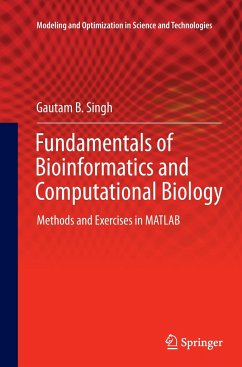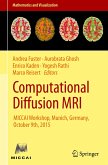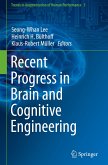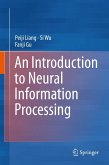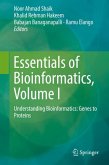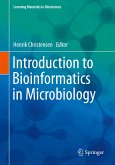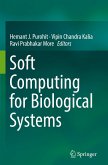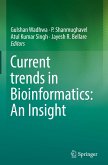This book offers comprehensive coverage of all the core topics of bioinformatics, and includes practical examples completed using the MATLAB bioinformatics toolbox(TM). It is primarily intended as a textbook for engineering and computer science students attending advanced undergraduate and graduate courses in bioinformatics and computational biology. The book develops bioinformatics concepts from the ground up, starting with an introductory chapter on molecular biology and genetics. This chapter will enable physical science students to fully understand and appreciate the ultimate goals of applying the principles of information technology to challenges in biological data management, sequence analysis, and systems biology. The first part of the book also includes a survey of existing biological databases, tools that have become essential in today's biotechnology research. The second part of the book covers methodologies for retrieving biological information, including fundamental algorithmsfor sequence comparison, scoring, and determining evolutionary distance. The main focus of the third part is on modeling biological sequences and patterns as Markov chains. It presents key principles for analyzing and searching for sequences of significant motifs and biomarkers. The last part of the book, dedicated to systems biology, covers phylogenetic analysis and evolutionary tree computations, as well as gene expression analysis with microarrays. In brief, the book offers the ideal hands-on reference guide to the field of bioinformatics and computational biology.
"As this area of study has grown, textbooks such as this one are appearing for undergraduate or graduate courses in bioinformatics and computational biology. ... This book is an introduction to the use of computational techniques to analyze biological data. ... The book is logically organized, understandable, and clearly written ... . the book offers a competent overview of the core topics of bioinformatics." (G. R. Mayforth, Computing Reviews, September, 2015)
"This work, a recent addition to the introductory textbook arena, differentiates itself by utilizing MATLAB for sequence analysis and experimentation. ... the book offers one more good choice for introductory bioinformatics courses and can be especially valuable to students who are already familiar with MATLAB. Summing Up: Recommended. Upper-division undergraduates and graduate students." (D. Papamichail, Choice, Vol. 52 (9), May, 2015)
"The author accomplishes his declared objective: to contribute tothe creation ofeducational resources for undergraduate students in computer engineering who are interested in specializing in the new field of bioinformatics. Responding to this need, every chapter includes many examples using MATLAB bioinformatics tools and some proposed exercises." (Valentin V. Inceu, Computing Reviews, March, 2015)
"This book is built as an introductory textbook (structured for students with computing background) for the rapidly developing, interdisciplinary field of bioinformatics. ... although written for students (undergraduate and post-graduate) with a background in computing, the book can be adapted for students with a background in biology or chemistry. This book is a timely addition to the recently emerged and quickly developing field of computational biology." (Irina Ioana Mohorianu, zbMATH 1306.92001, 2015)
"This work, a recent addition to the introductory textbook arena, differentiates itself by utilizing MATLAB for sequence analysis and experimentation. ... the book offers one more good choice for introductory bioinformatics courses and can be especially valuable to students who are already familiar with MATLAB. Summing Up: Recommended. Upper-division undergraduates and graduate students." (D. Papamichail, Choice, Vol. 52 (9), May, 2015)
"The author accomplishes his declared objective: to contribute tothe creation ofeducational resources for undergraduate students in computer engineering who are interested in specializing in the new field of bioinformatics. Responding to this need, every chapter includes many examples using MATLAB bioinformatics tools and some proposed exercises." (Valentin V. Inceu, Computing Reviews, March, 2015)
"This book is built as an introductory textbook (structured for students with computing background) for the rapidly developing, interdisciplinary field of bioinformatics. ... although written for students (undergraduate and post-graduate) with a background in computing, the book can be adapted for students with a background in biology or chemistry. This book is a timely addition to the recently emerged and quickly developing field of computational biology." (Irina Ioana Mohorianu, zbMATH 1306.92001, 2015)

